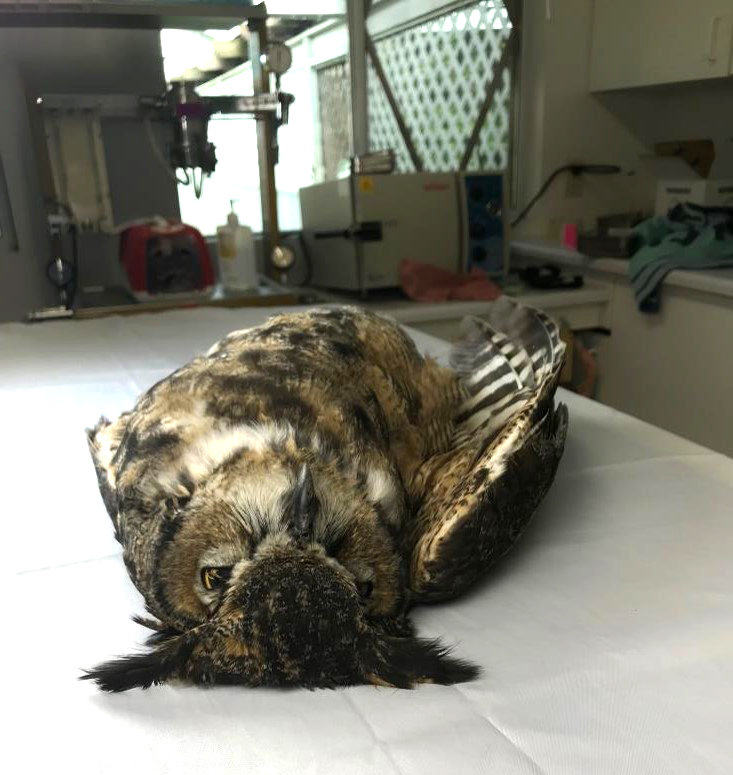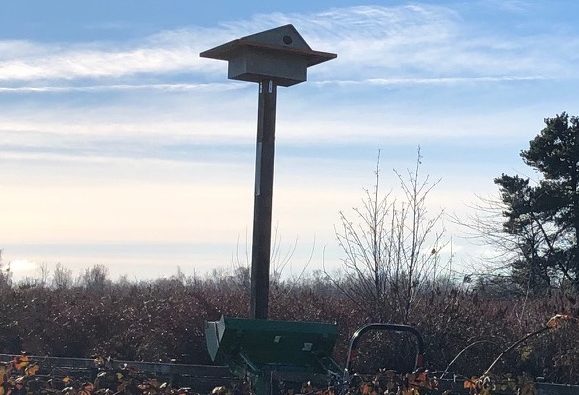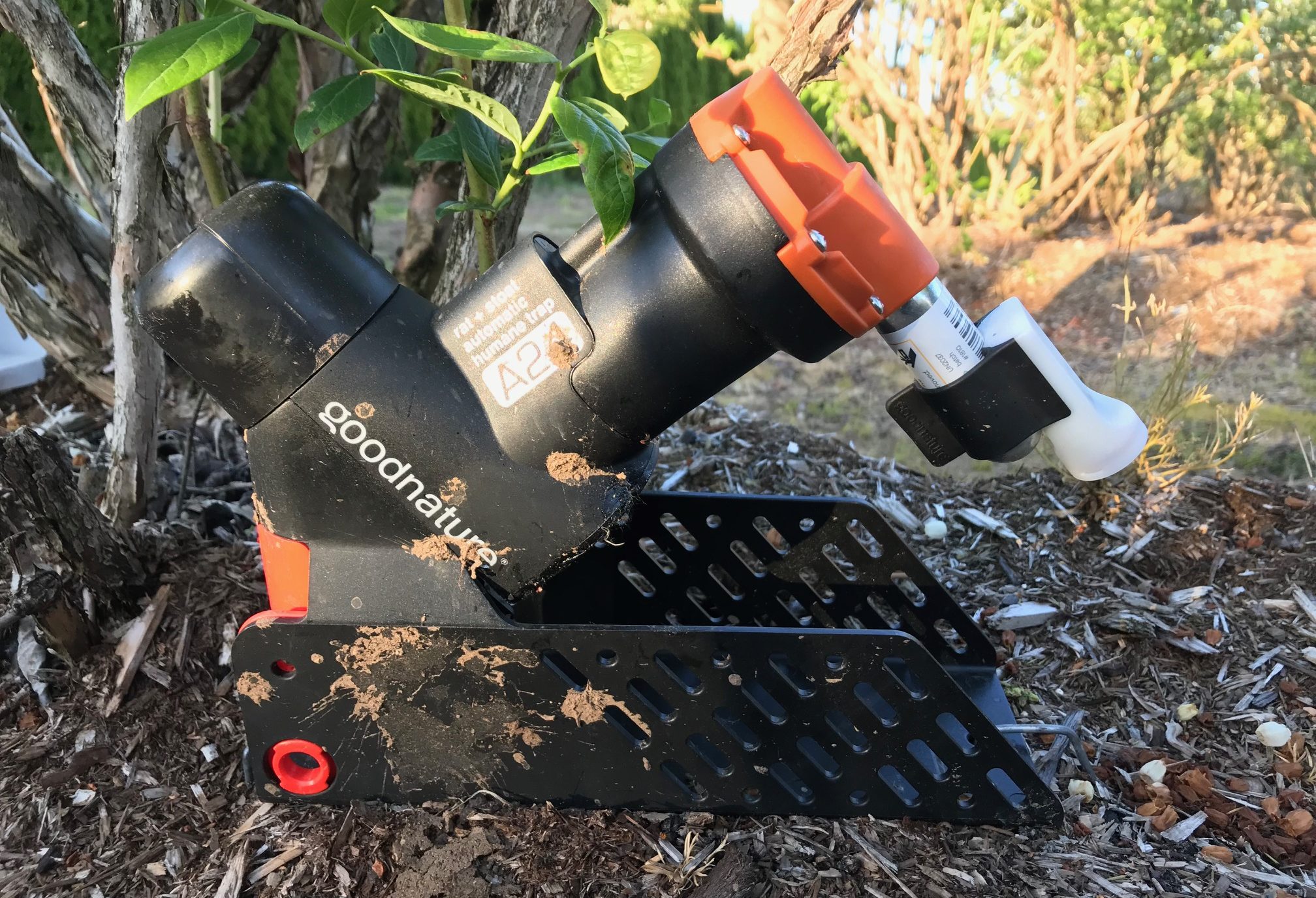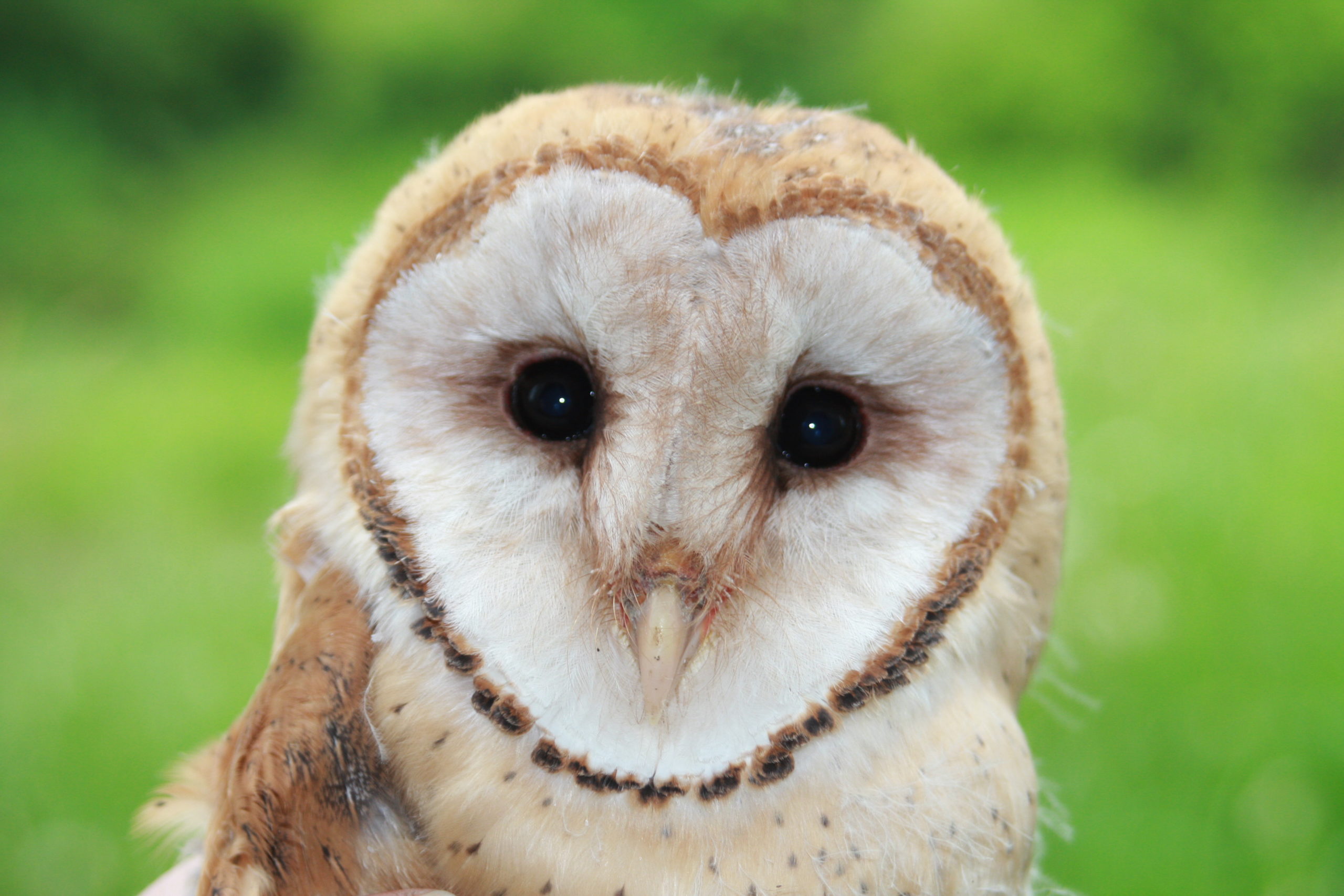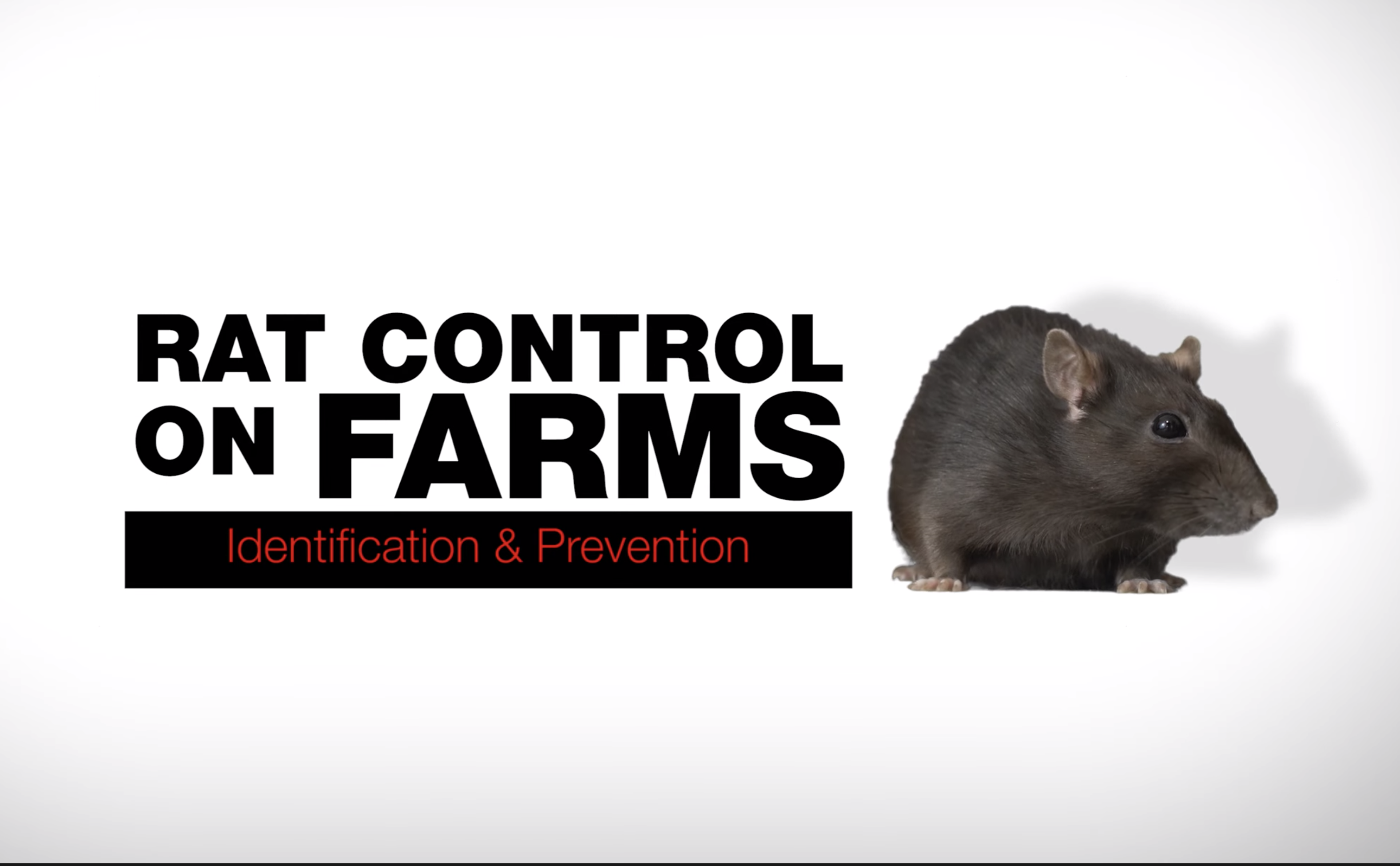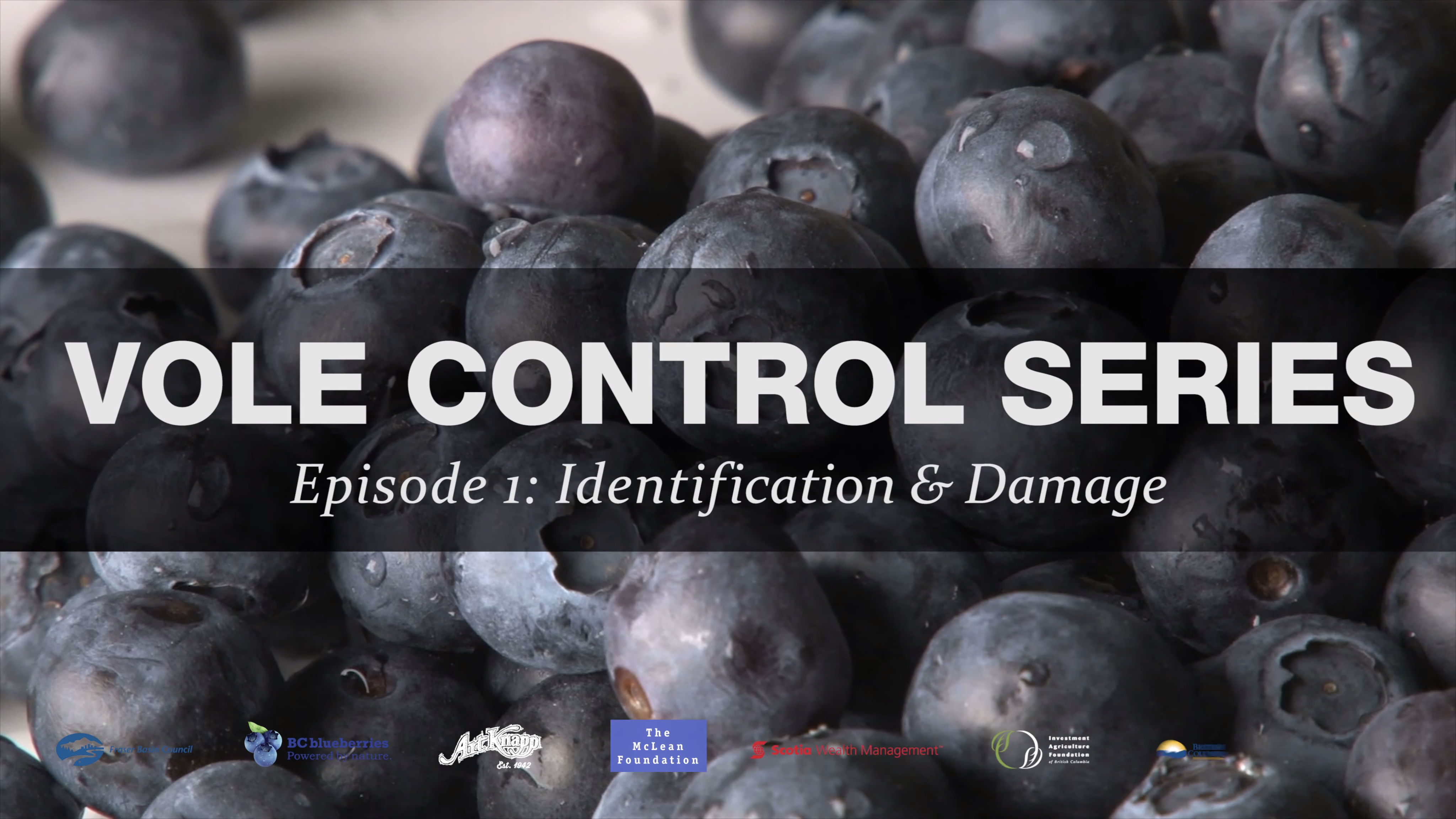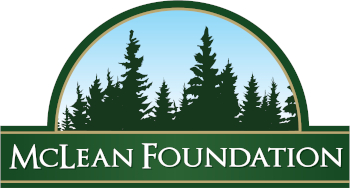Anticoagulant rodenticides, in particular second-generation products (active ingredient: bromadiolone, difethialone or brodifacoum), are very toxic with the intent that a single feed on the compound is enough to kill a rat. These poisons are also very persistent, which means that a dead poisoned rodent can be deadly if scavenged by other wildlife. Further, bait aversion can be a challenge when trying to trap rats, hence rodenticides are designed to be slow reacting compounds to reduce the likelihood of rats associating getting sick and dying from eating the bait. Therefore, it can take up to 7-10 days before a rat dies from eating rodenticides. During this lag-time the exposed rat can go back to the bait station and eat more poison, ingesting more than what is required for a lethal dose. Exposed rats slowly get sick and sluggish from eating the bait which makes them susceptible to being predated upon by an owl or a pet.
